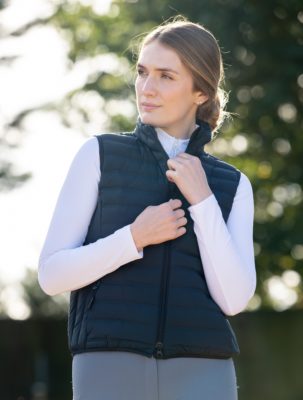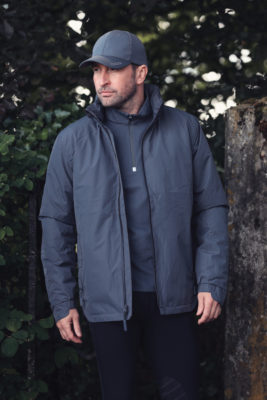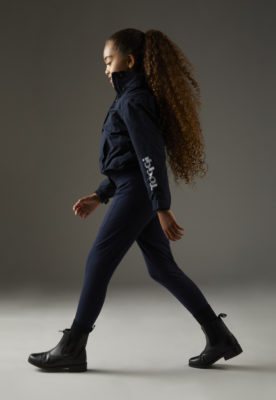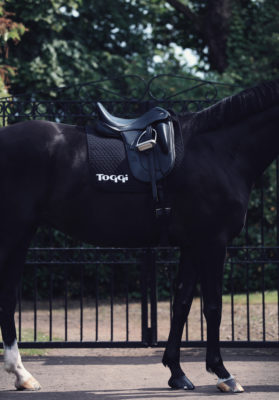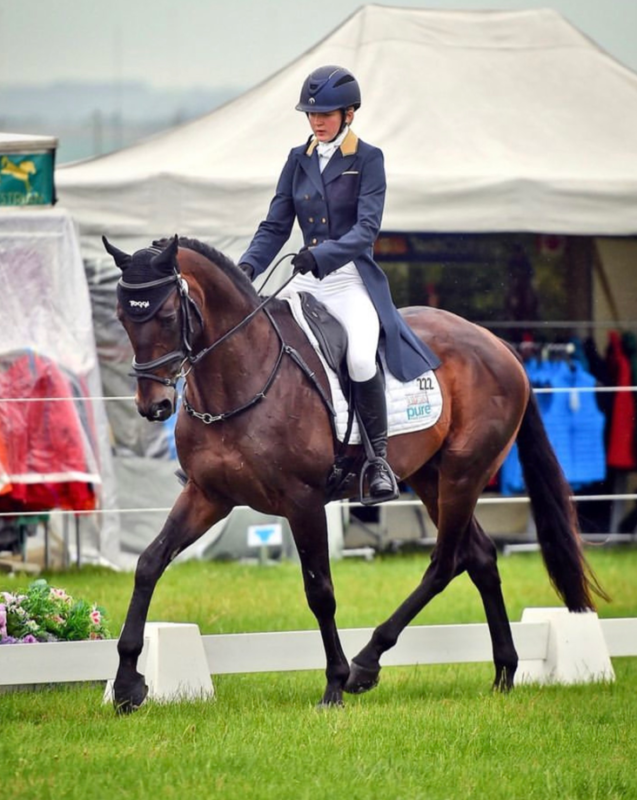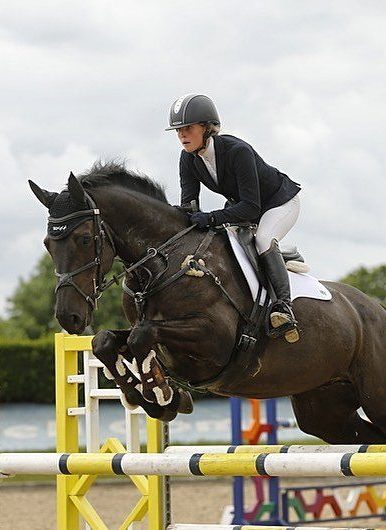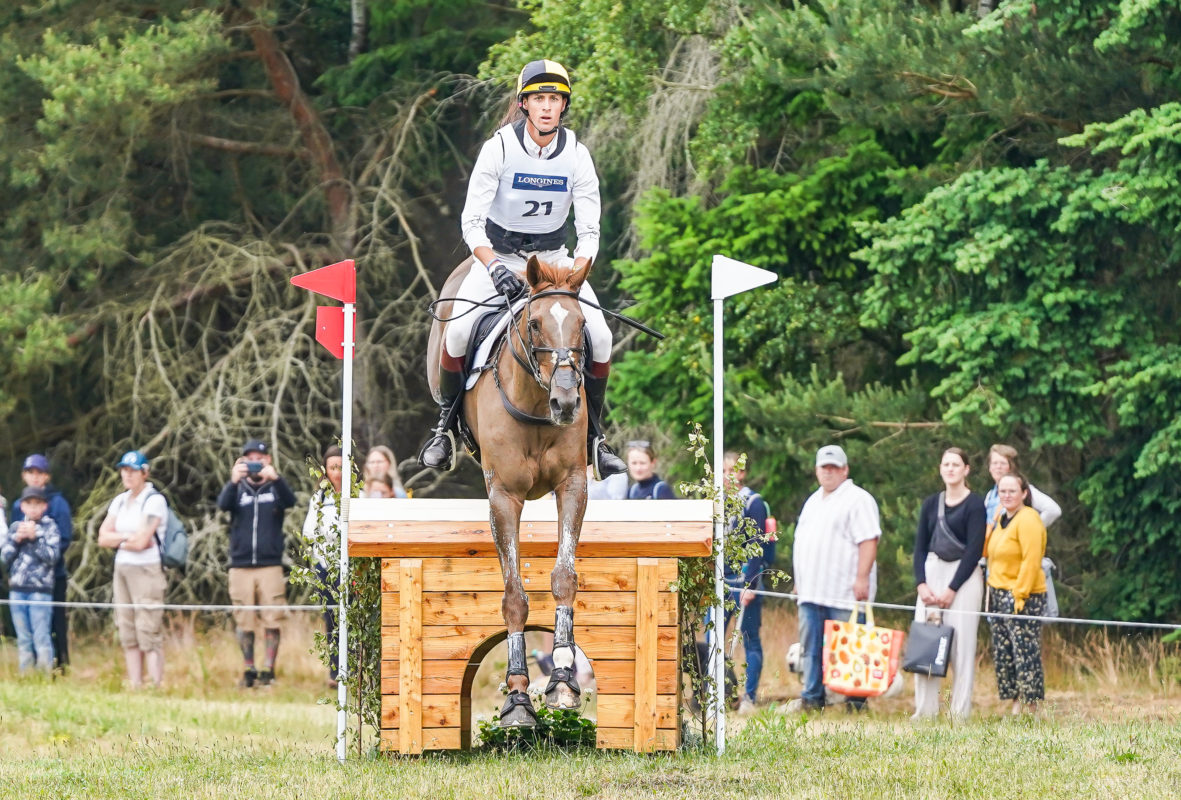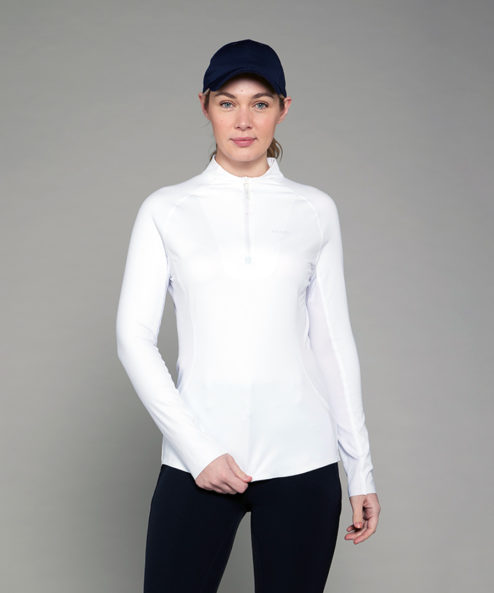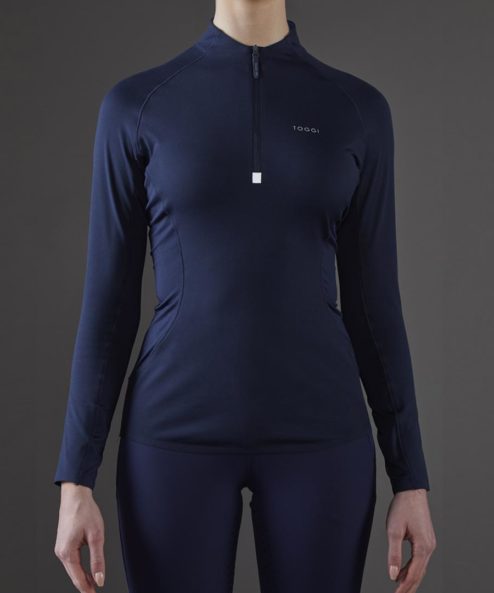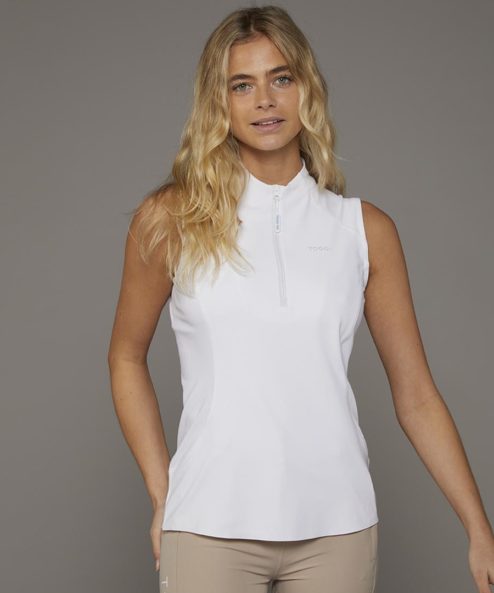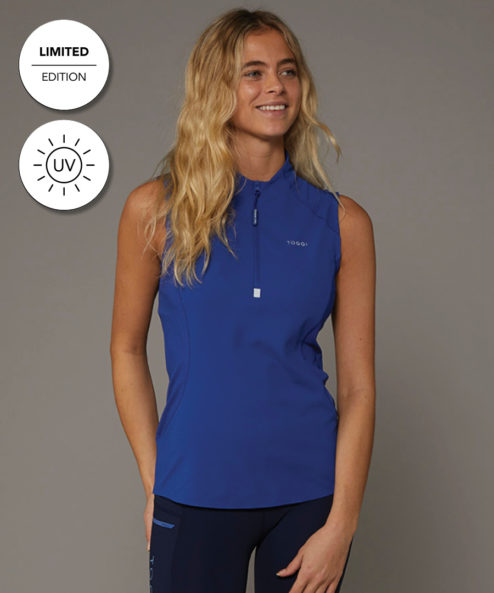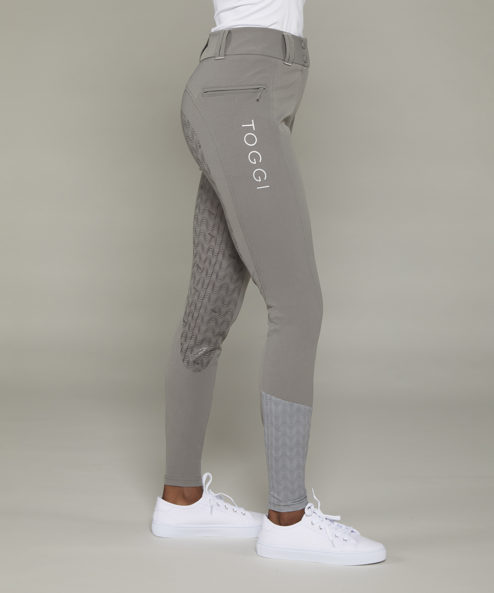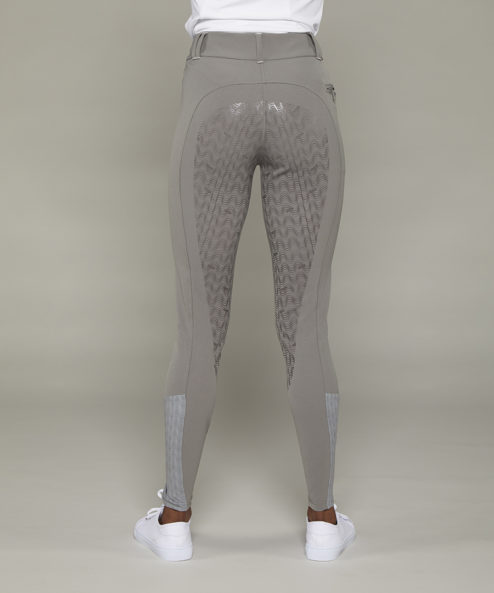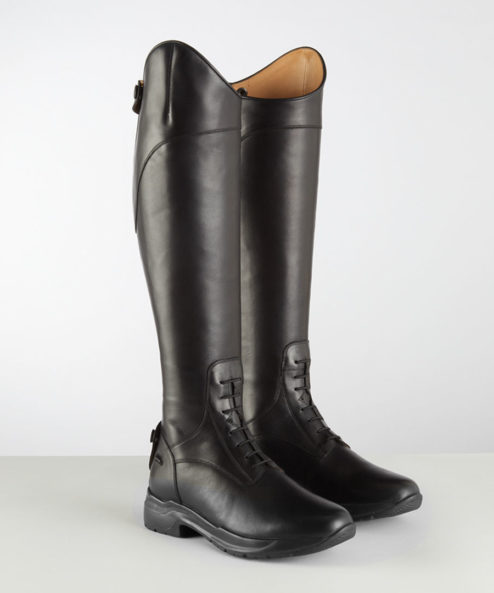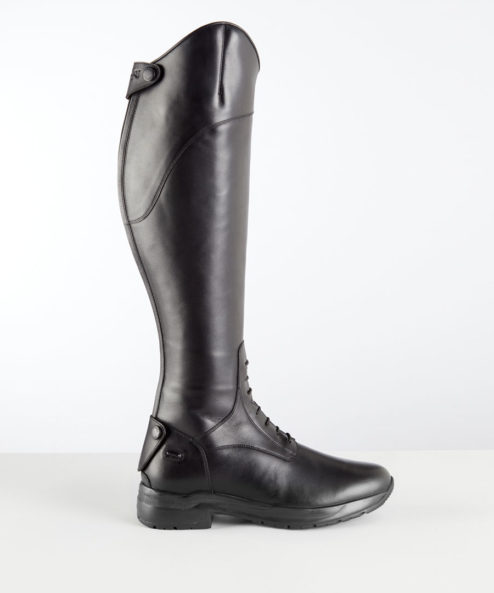Toggi Journal
Toggi’s Guide to Eventing
What to expect when you first go eventing
The long winter countdown is over and the 2024 eventing season has finally begun! If you’ve been working hard during the cold, dark weeks since Christmas with the aim of making your eventing debut this year, you might find the nerves are starting to creep in. It can be stressful and a little bit scary, so we’ve put together a blog that aims to share what you can expect on your first day eventing. Armed with all the information and some helpful tips, you’ll be much more likely to have an enjoyable and successful debut. Let’s dive in!
Make sure you’re fully prepared for all the phases
We all have a favourite phase, or one that our horse excels in more, but to mitigate nerves and give yourself the best chance of success, be properly prepared for all three. That means ideally having test riding experience, so think about entering a dressage competition or two before your eventing debut, so your horse is used to the atmosphere and riding between the boards. The same approach for show jumping is a wise move, though we know lots of our customers will have been busy with some clear round or British Showjumping during the indoor season! Finally, time spent riding over different terrain and obstacles is never wasted so make sure you book in some cross-country schooling before your event. The winter has been incredibly wet, but there are some cross-country fields and training grounds open already with more set to open their gates soon.
Know your cross-country optimum speed
There will be an optimum time to hit in your cross-country round, so it’s well worth making sure you know what speed your horse needs to be going and what that feels like. Of course, if you’re just hoping to have a fun day out for your first run, you might not need to worry too much about this, but if you’re hoping to be competitive from the get-go, time penalties are a sad way to drop down the order if you can avoid them! An easy way to work on your speed (either steadying up or getting fitter and faster) is to hire a gallop with distance markers that help you work out that all important speed in metres per minute.
Plan your outfits and tack well ahead of time
Imagine the scene… you’ve trained hard, battled your nerves and arrived for your very first one-day event. And then, you’re told your clothing or tack isn’t allowed so you can’t compete. Not only have you wasted your time, money and all that preparation, but you’ll probably be embarrassed and cross as well! Here’s what you and your horse will need to wear for the three phases, in case you need to go shopping:
Dressage
The recent rule tweak means you can wear either white, buff or fawn OR dark coloured breeches/jodhpurs for all three phases, happy news for those of us who manage to get hoof oil, mud and ketchup on pale coloured legwear moments after dressing. If you’re in need of new breeches then our Contour Full Seat Breeches are a popular choice and at a great price point too! You’ll also need a jacket in a conservative colour (think navy, black or tweed) to be worn with a tie or stock. Your hat needs to meet the latest standards (learn more in the British Eventing rulebook here) and you’ll need to wear black or brown long boots or matching short boots and gaiters, like our Avebury Leather boots. Your horse should ideally be plaited and wearing a white numnah or saddle cloth. You can use the same saddle for all three phases or choose to change between GP/dressage/jumping as you like. Make sure you check that your bit, bridle and noseband are all dressage-legal for BE, as there are a few designs that aren’t allowed. No boots or bandages should be fitted to your horse for this stage, and you can’t carry a whip.
(Image: Ellie Fredericks)
Showjumping
Again, you need to wear pale coloured or dark legwear, black or brown boots and a navy or black hat. The jacket still needs to be conservative in colour, but you can have coloured piping, subtle pinstripes or a coloured collar. At the lower levels of eventing, you’ll find lots of riders keep the same kit they’ve worked for dressage for this phase, just adding some boots for their horse and sometimes adjusting their choice of bit to add extra brakes! Riders are allowed to carry a whip when riding over jumps in British Eventing competitions, but it must be padded and 75cm or less in length.
(Image: Ellie Townend)
Cross-Country
This is where you can get a bit more creative with your outfit! You’ll need to be wearing a jockey-style helmet with no fixed peak and either a body protector or an air vest over a body protector that meets the latest safety standards. You’ll want to wear a top that has long sleeves, such as a sweater, base layer or mid layer. Shop our wide selection of tops here. Lots of riders like to coordinate their base layer, hat silk and numnah in bright colours, which certainly makes them stand out in their event photos!
** Most events now ask you to print your number out at home so don’t forget to do this!
(Image: Kitty King, Hannah Cole Photography)
To stud or not?
Depending on the ground conditions (and after the winter we’ve had, there’s a good chance that the start of the season will be muddy), you might want to consider studs for your horse. Remember, you could be riding all three phases on grass, and it could be ‘greasy’ underfoot on the day. Why not chat to your farrier and see what they recommend? They can always put stud holes in just in case, so you have options, and you can buy a basic set of studs without breaking the bank. Just remember to use something to keep the holes free from mud and grit otherwise you’ll never get the studs in on the day!
Get your timings planned out
When you get your times from the organisers, figure out what time you need to arrive at the event and then use that to plan what time you want to leave your yard. Add in some extra time in case there are any delays to loading or on the roads. Plus, you want to make sure you add in time for walking the cross country and show jumping courses and a proper warm up before each phase. You may well be suffering from nerves, so why add more stress by being a little bit later than you’d like to be?! If you have a little time to spare as a result, that means you have time for a bacon butty from the food van and a chat to any familiar faces…
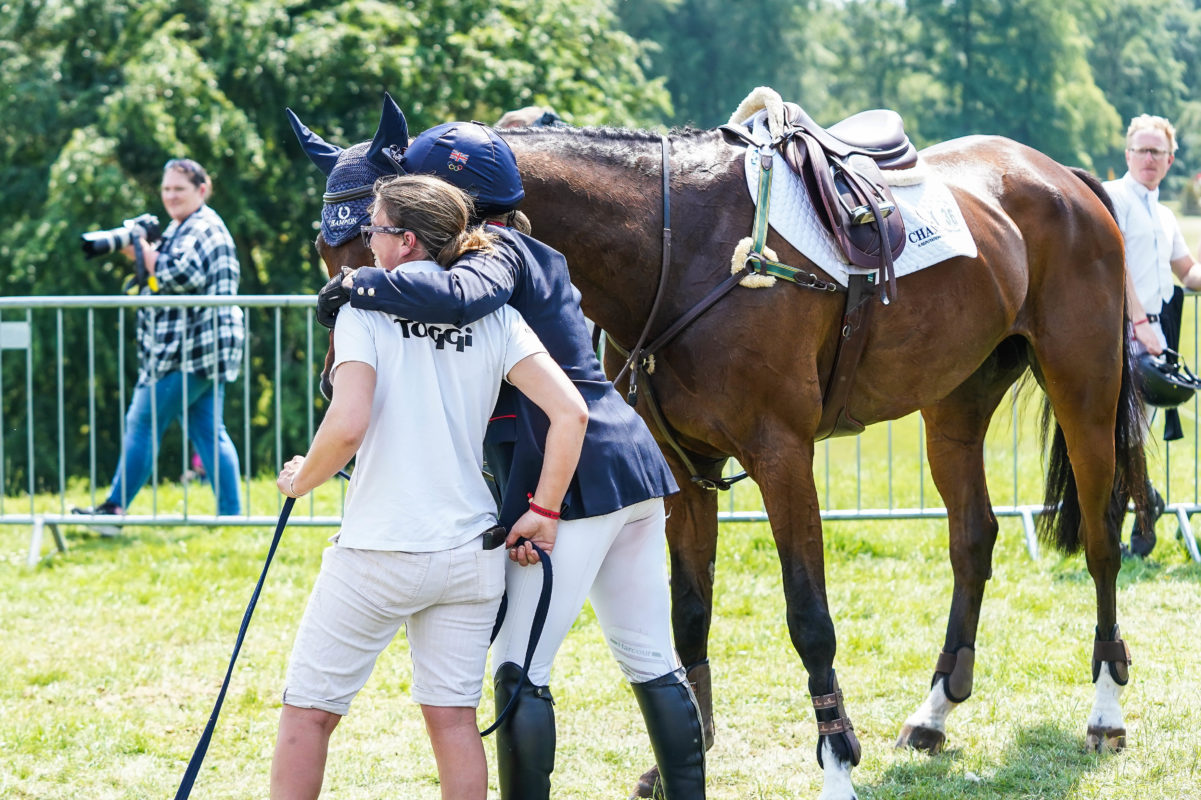
Image: Pippa Funnell, Hannah Cole Photography
Take a friend for moral support
It will be a busy day and when you haven’t done it before, it’s worth asking a horsey friend to come along and groom for you. Some moral support, the help tacking up and a friendly face after each phase will be invaluable, we promise. They might even be able to take the wheel for the drive home, as you’ll probably be tired after the adrenaline wears off.
Finally, we want to wish everyone who’s out competing at the start of the new season the very best of luck! Enjoy every moment and come home safe.
Toggi Eventing Must Haves…

